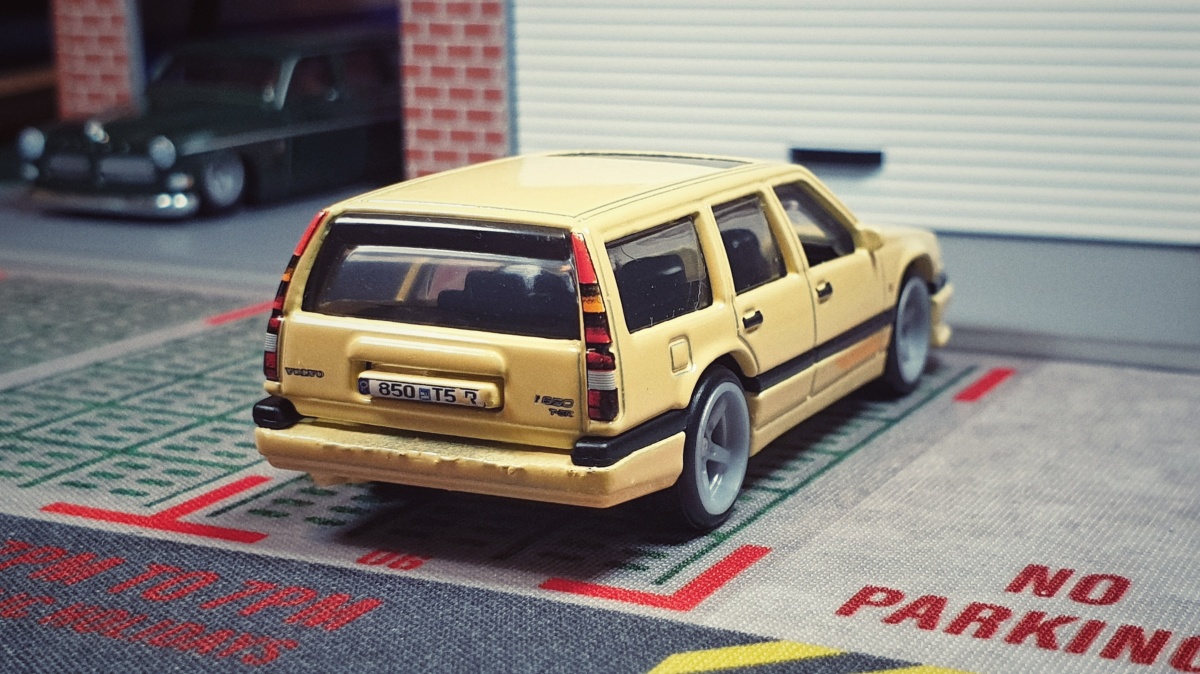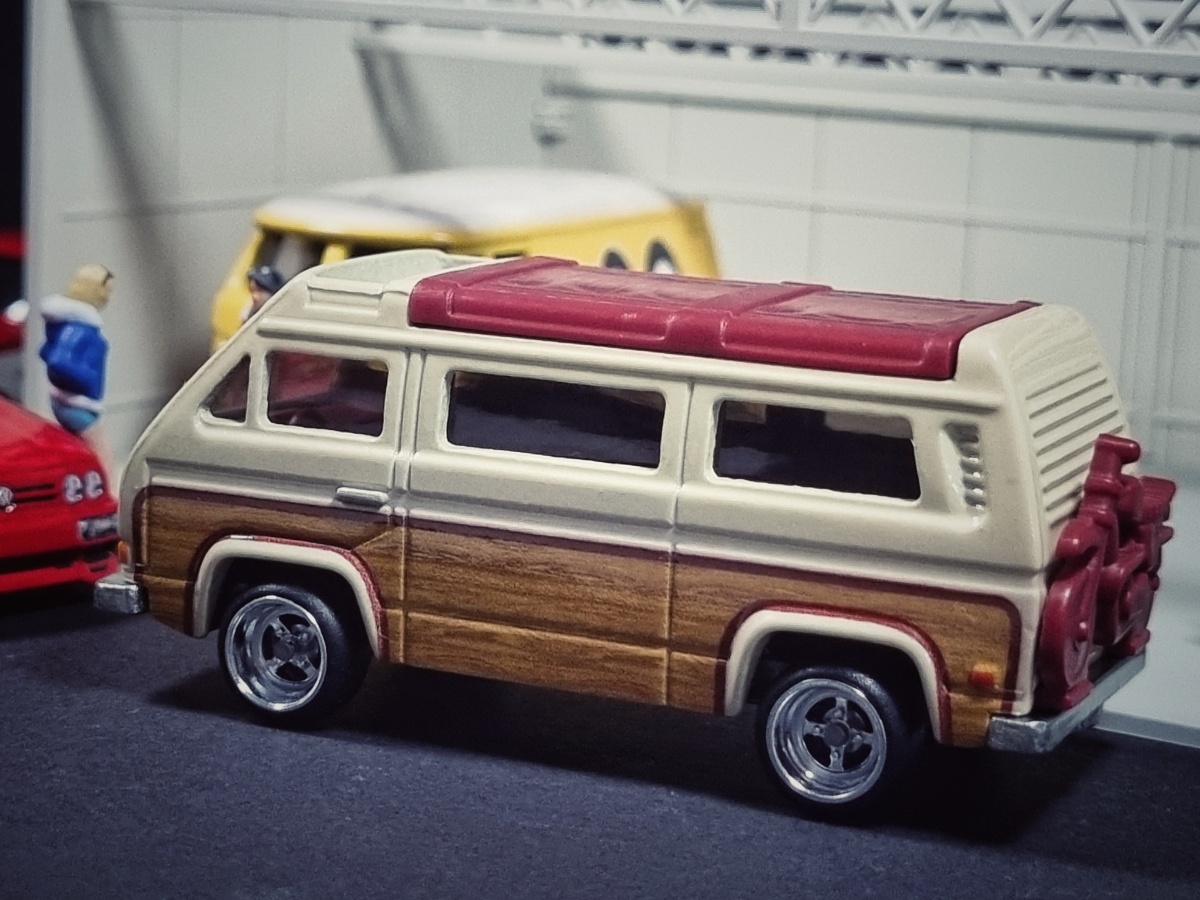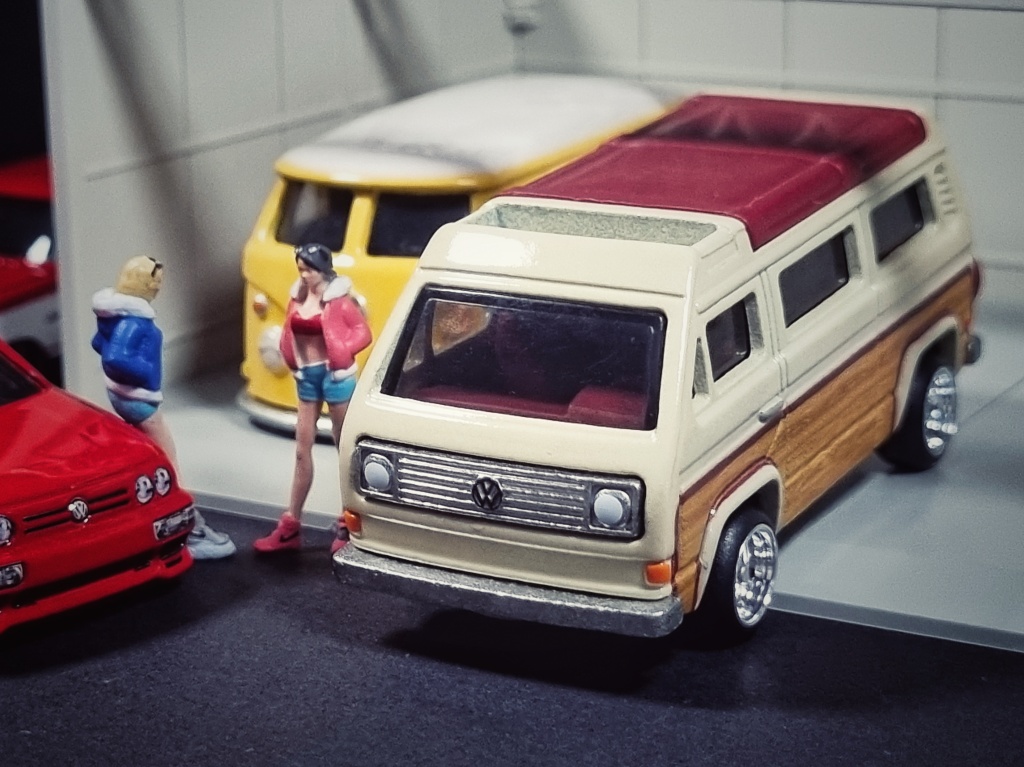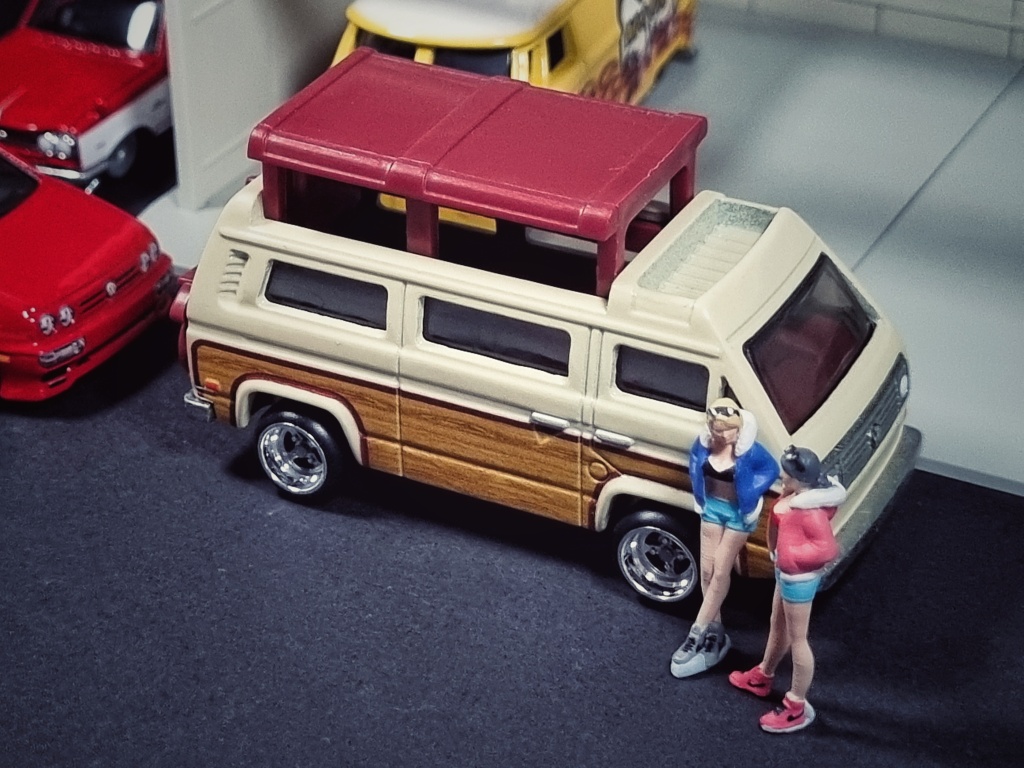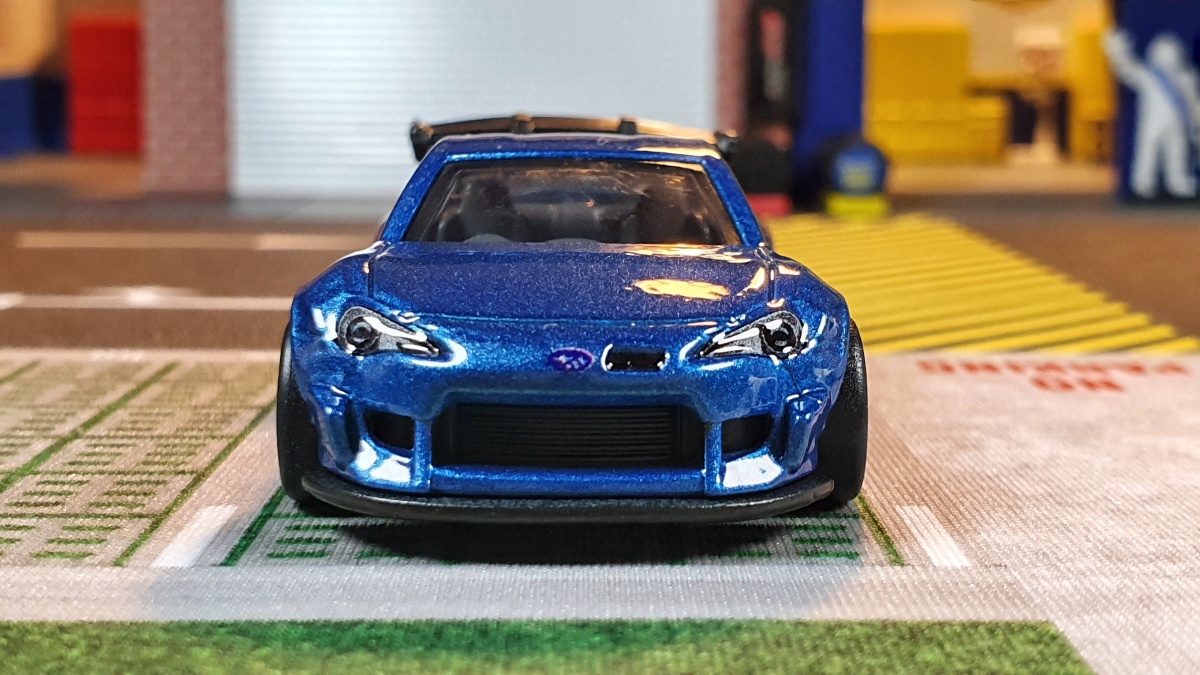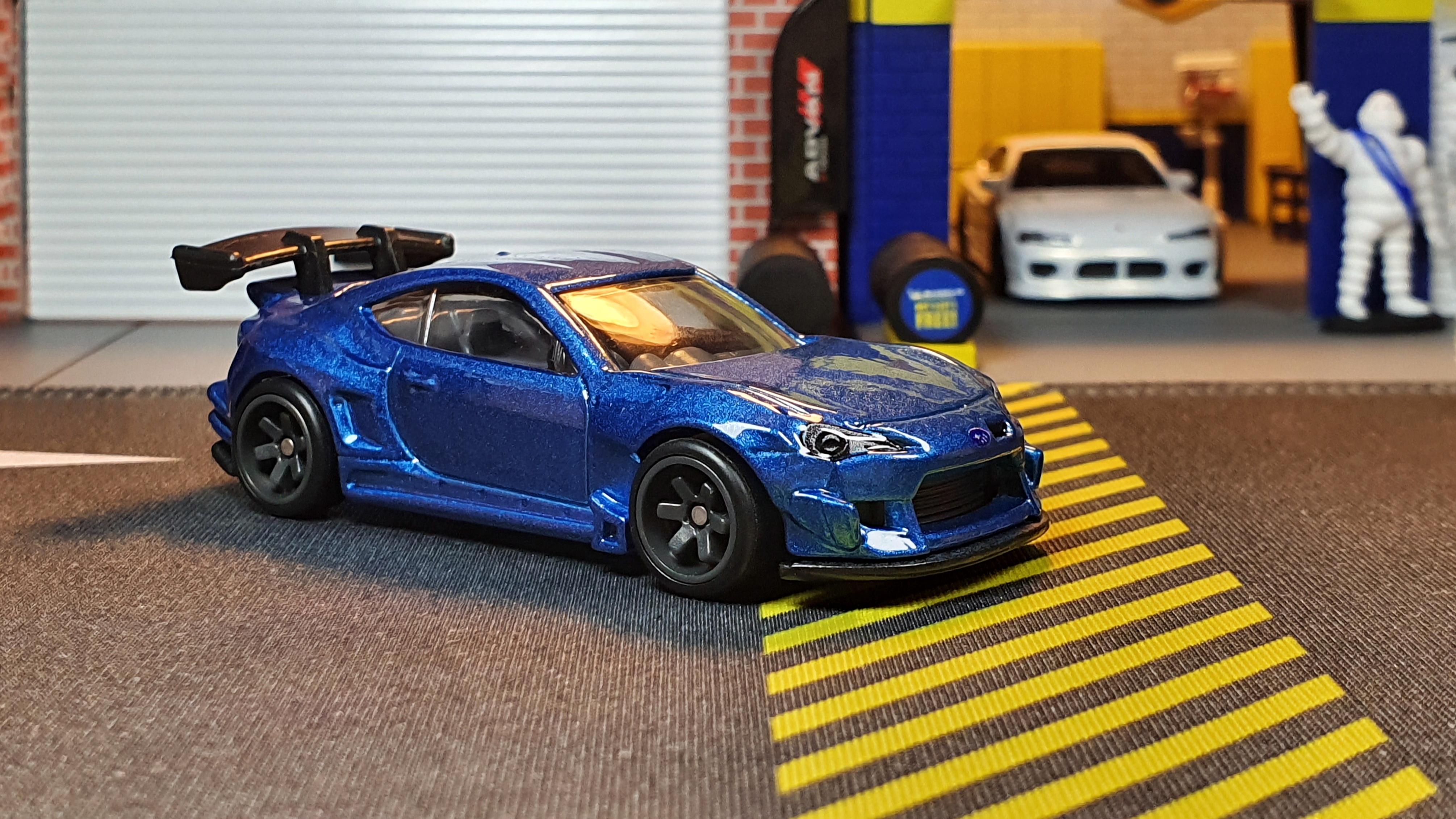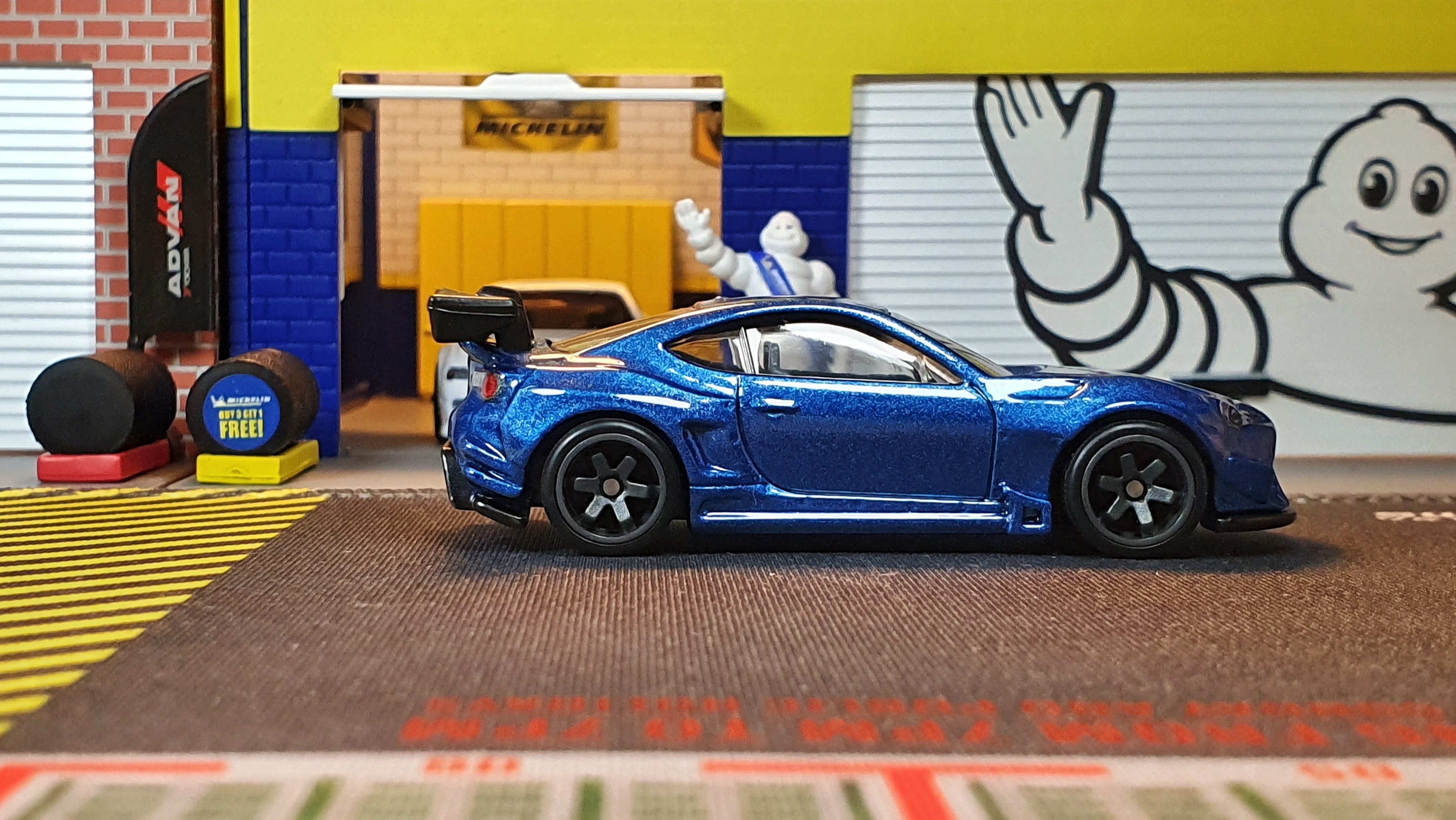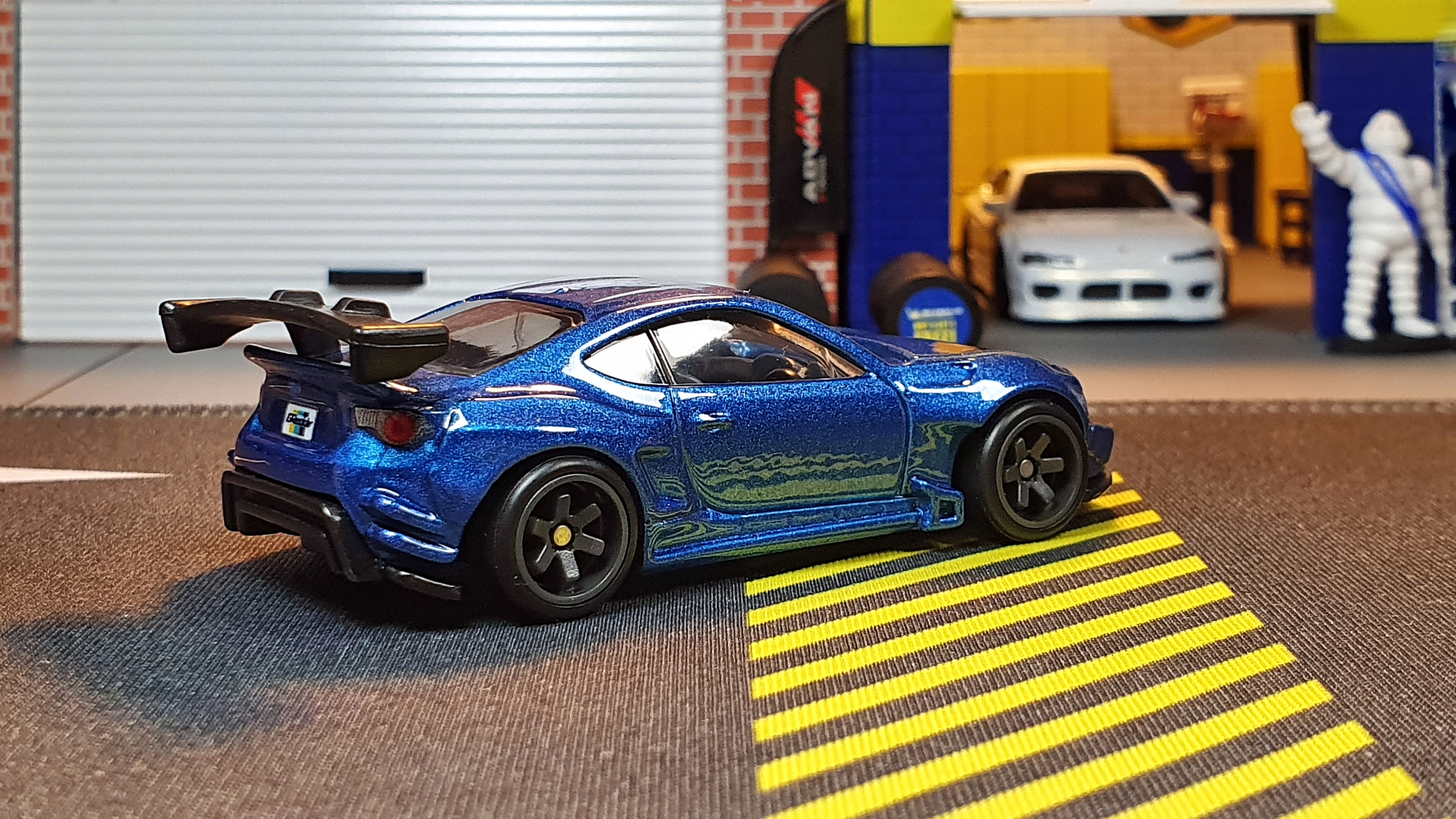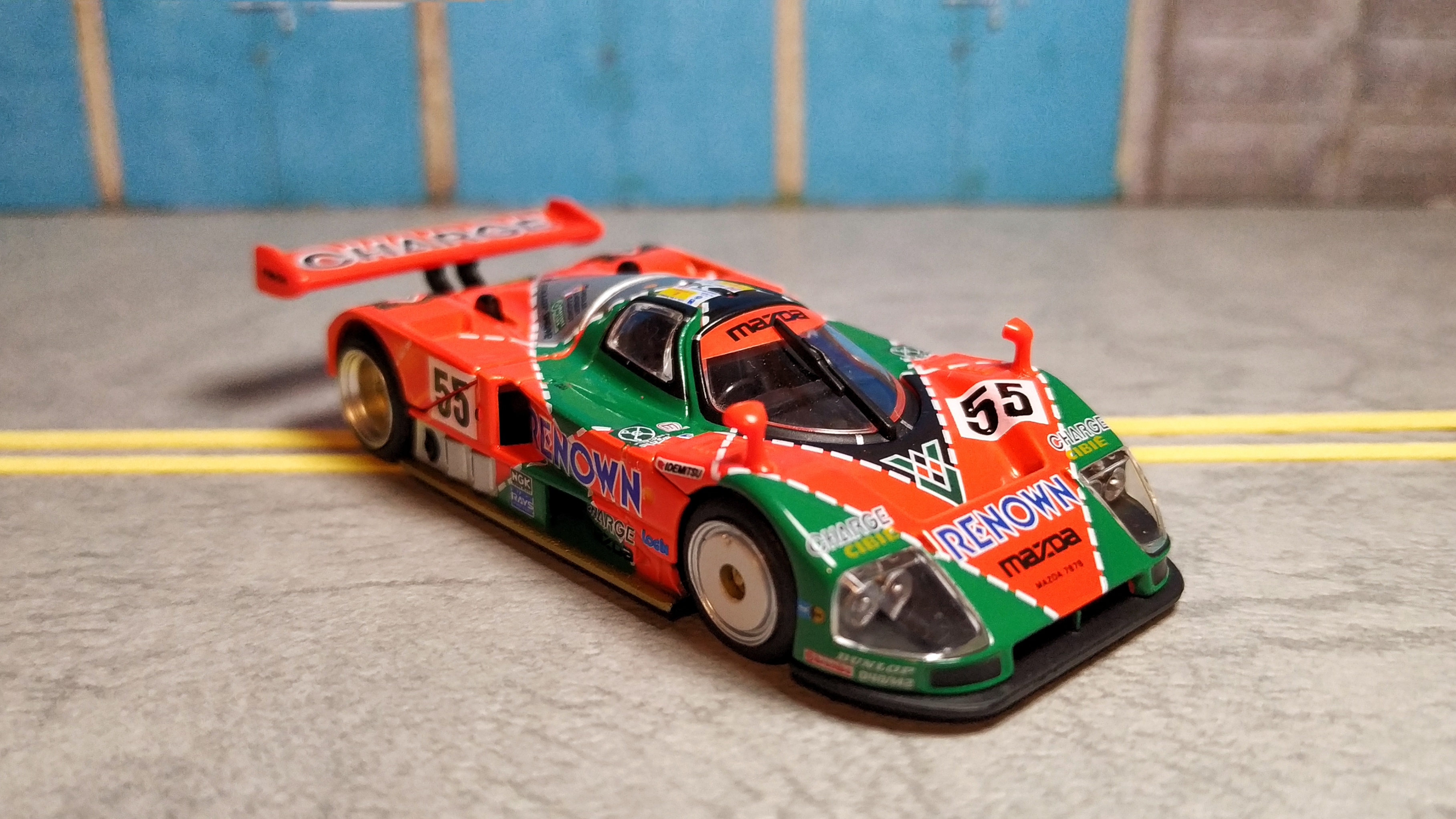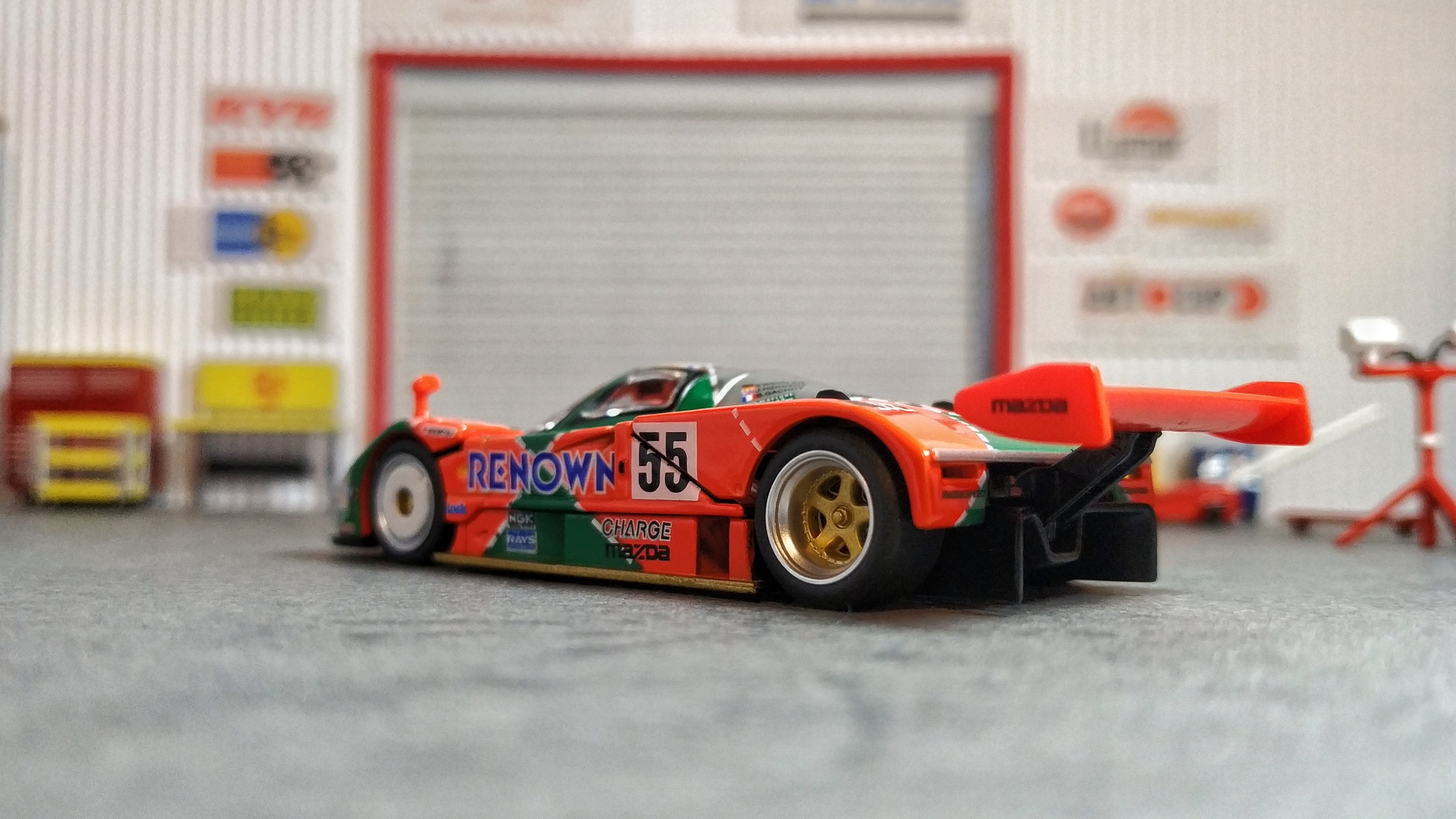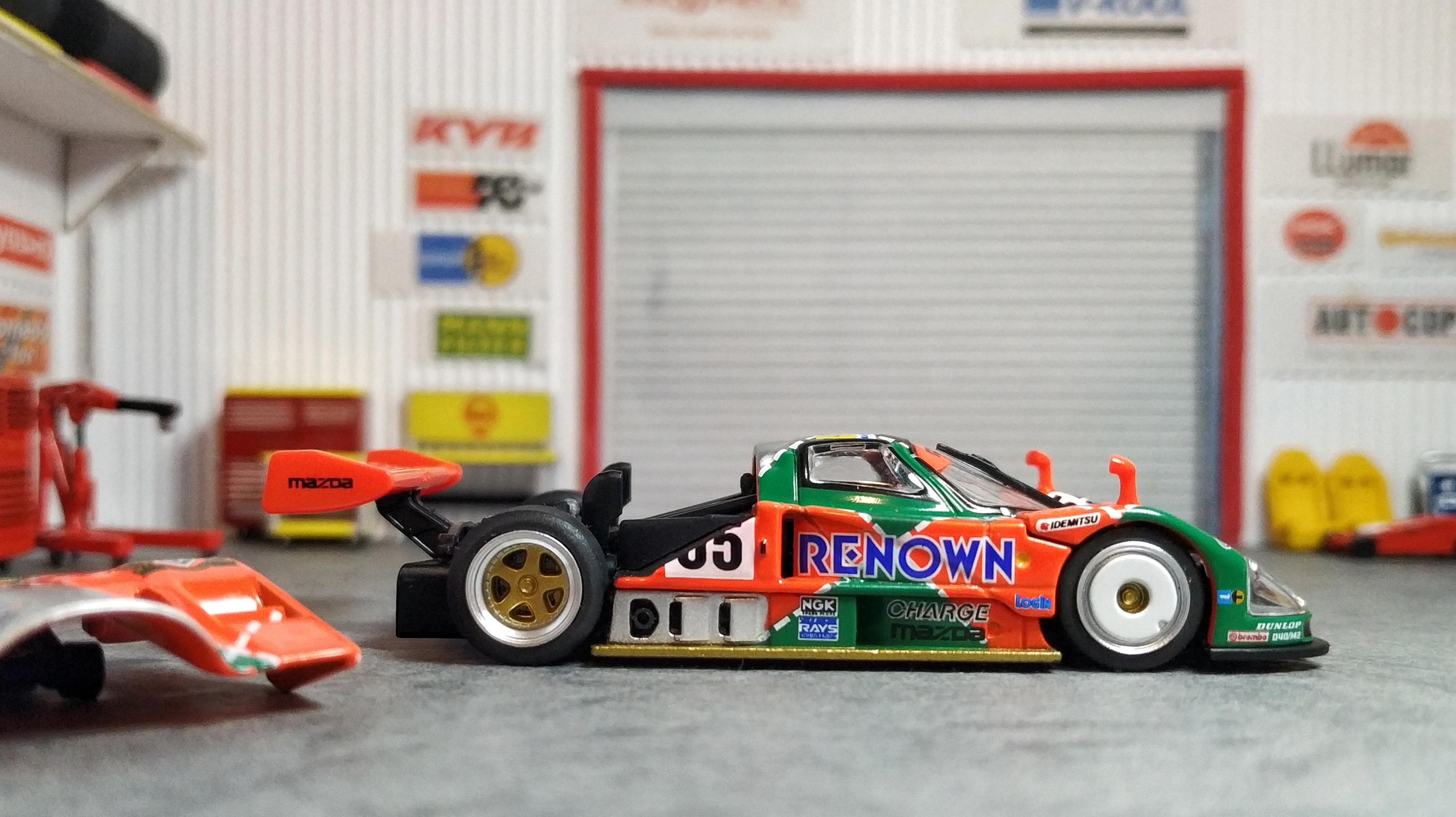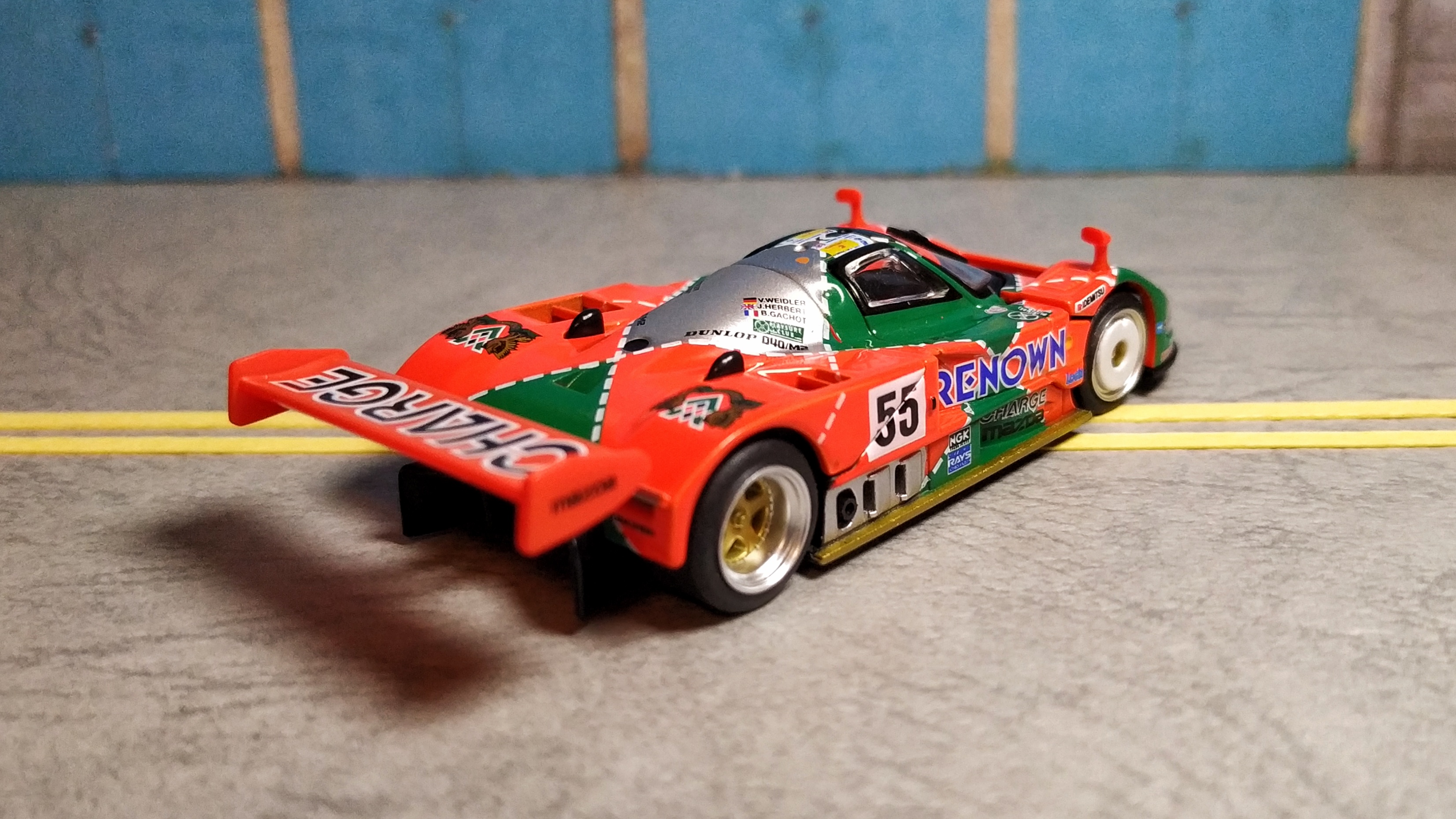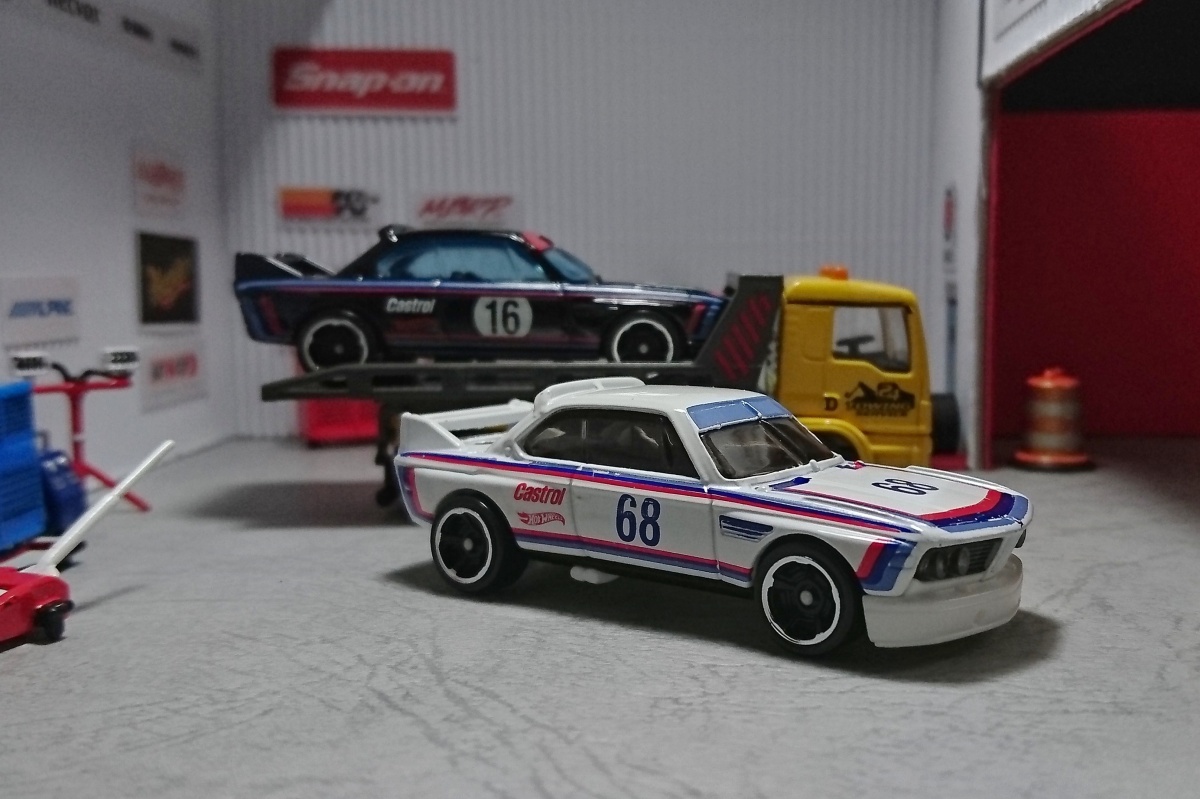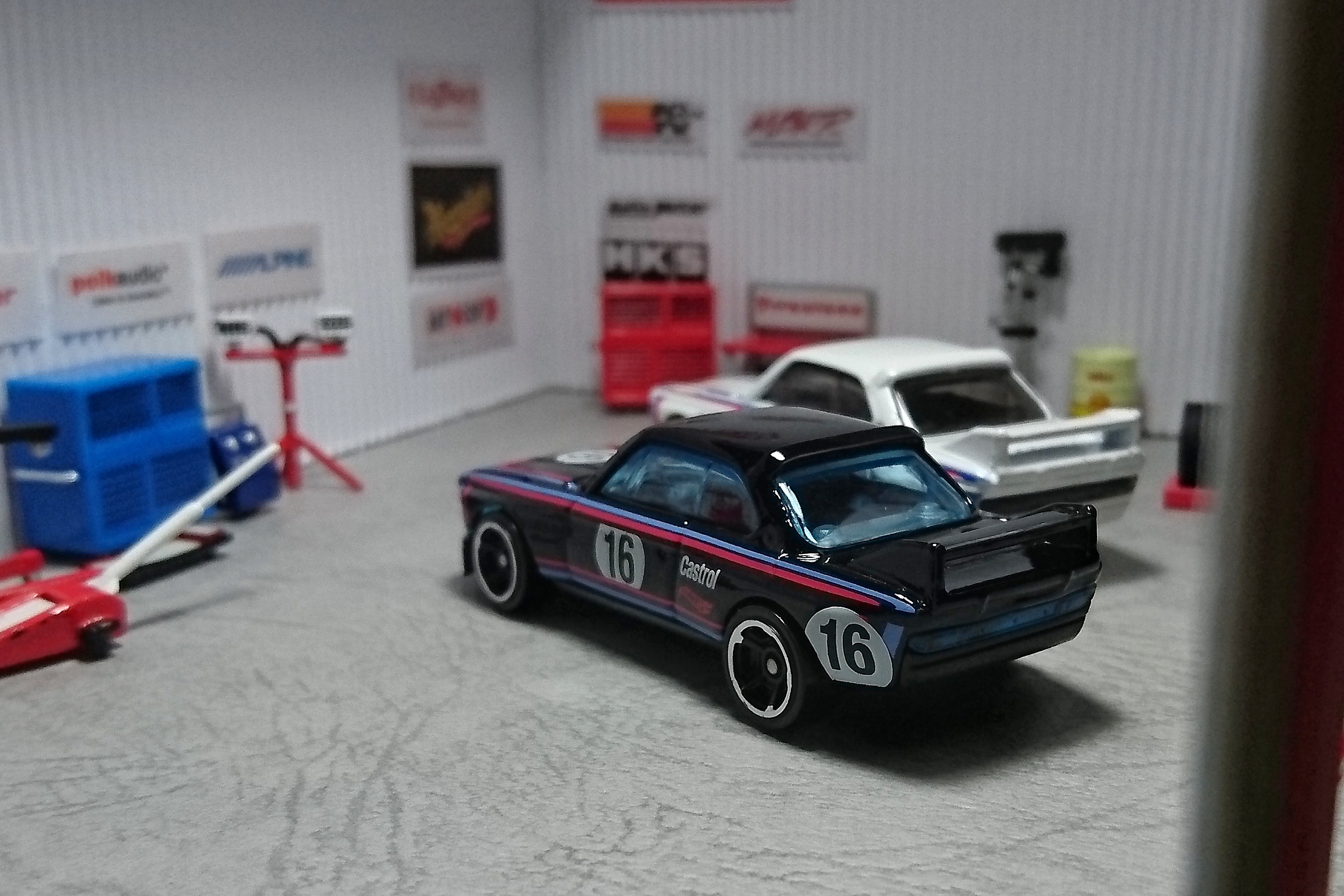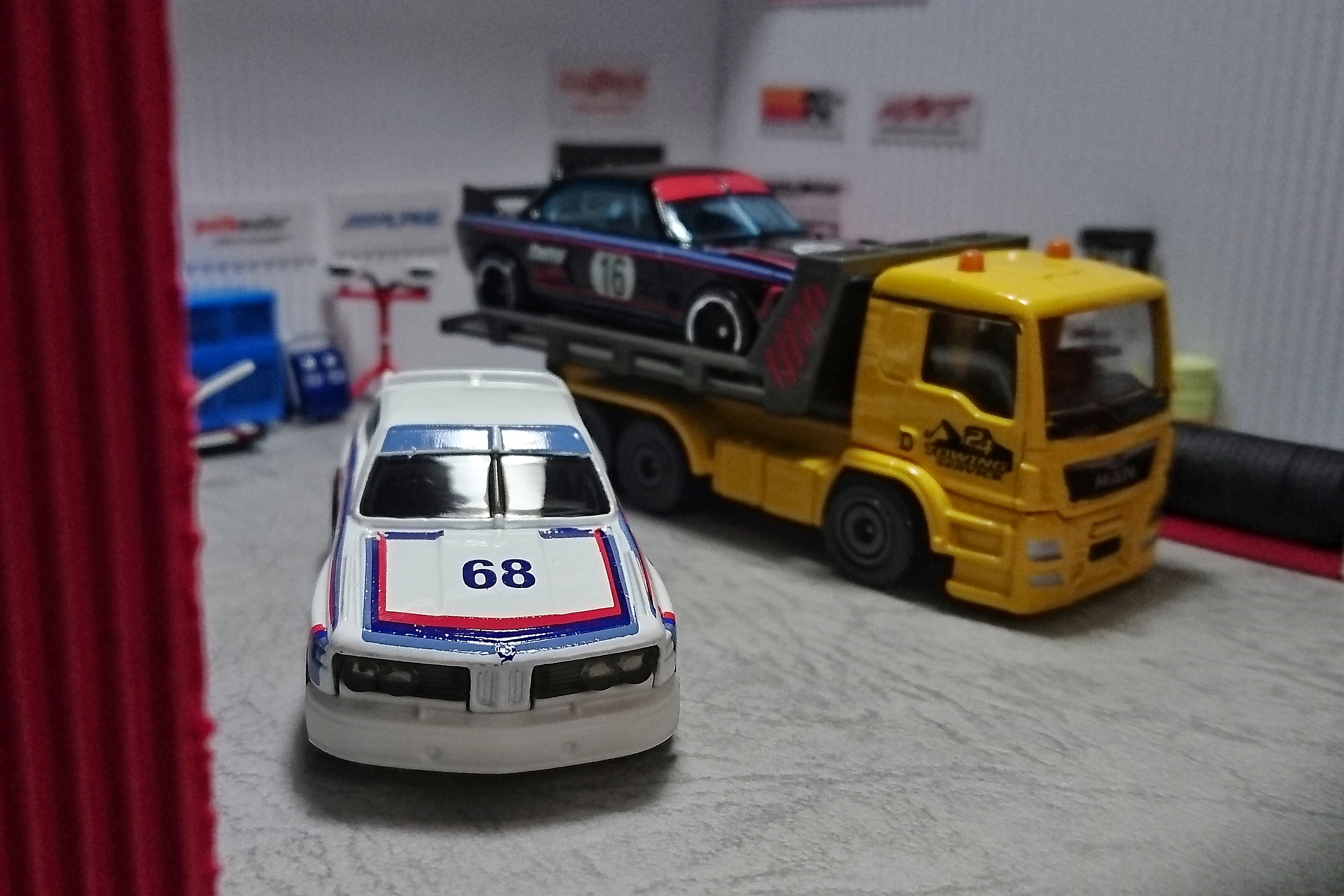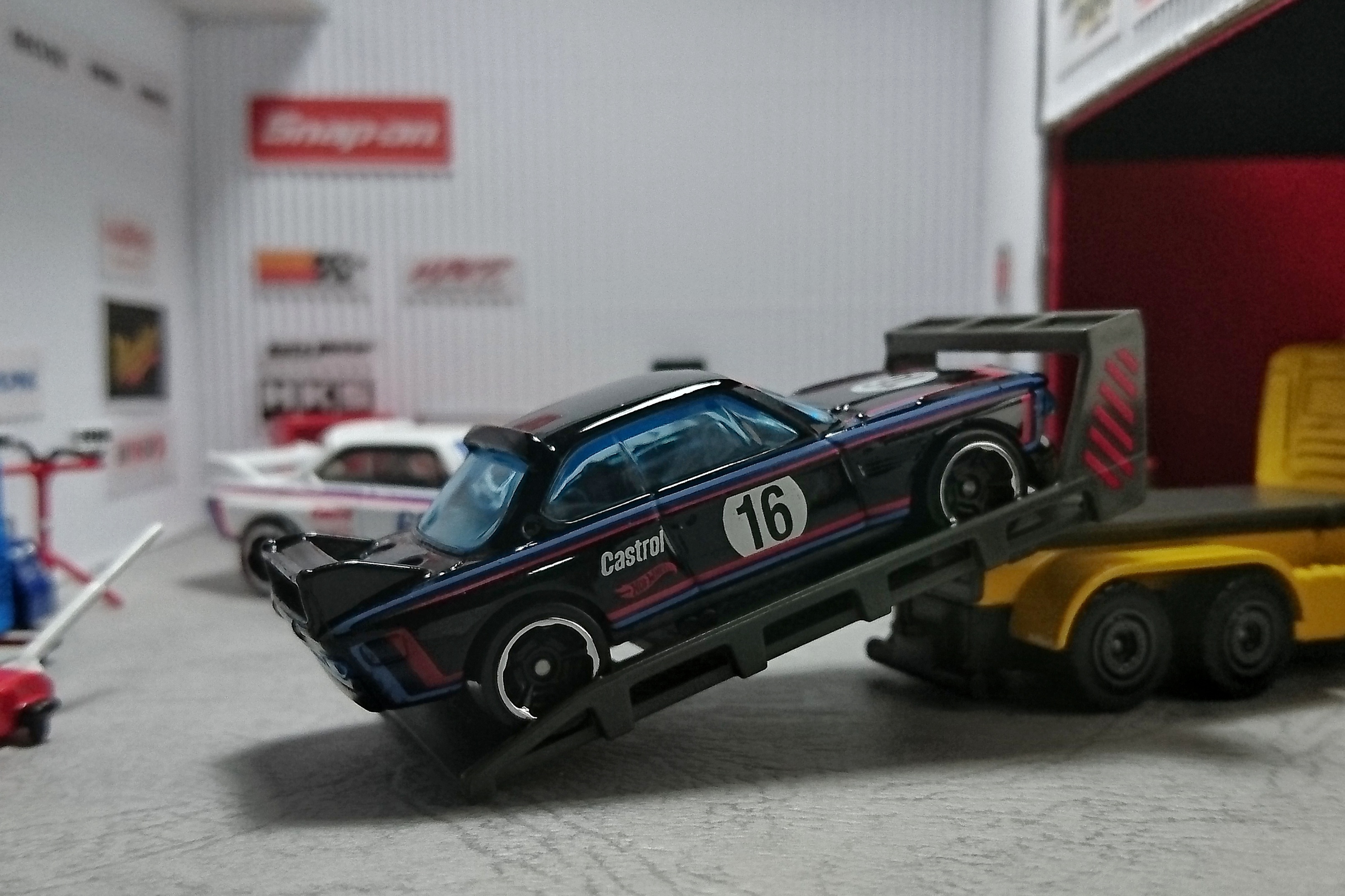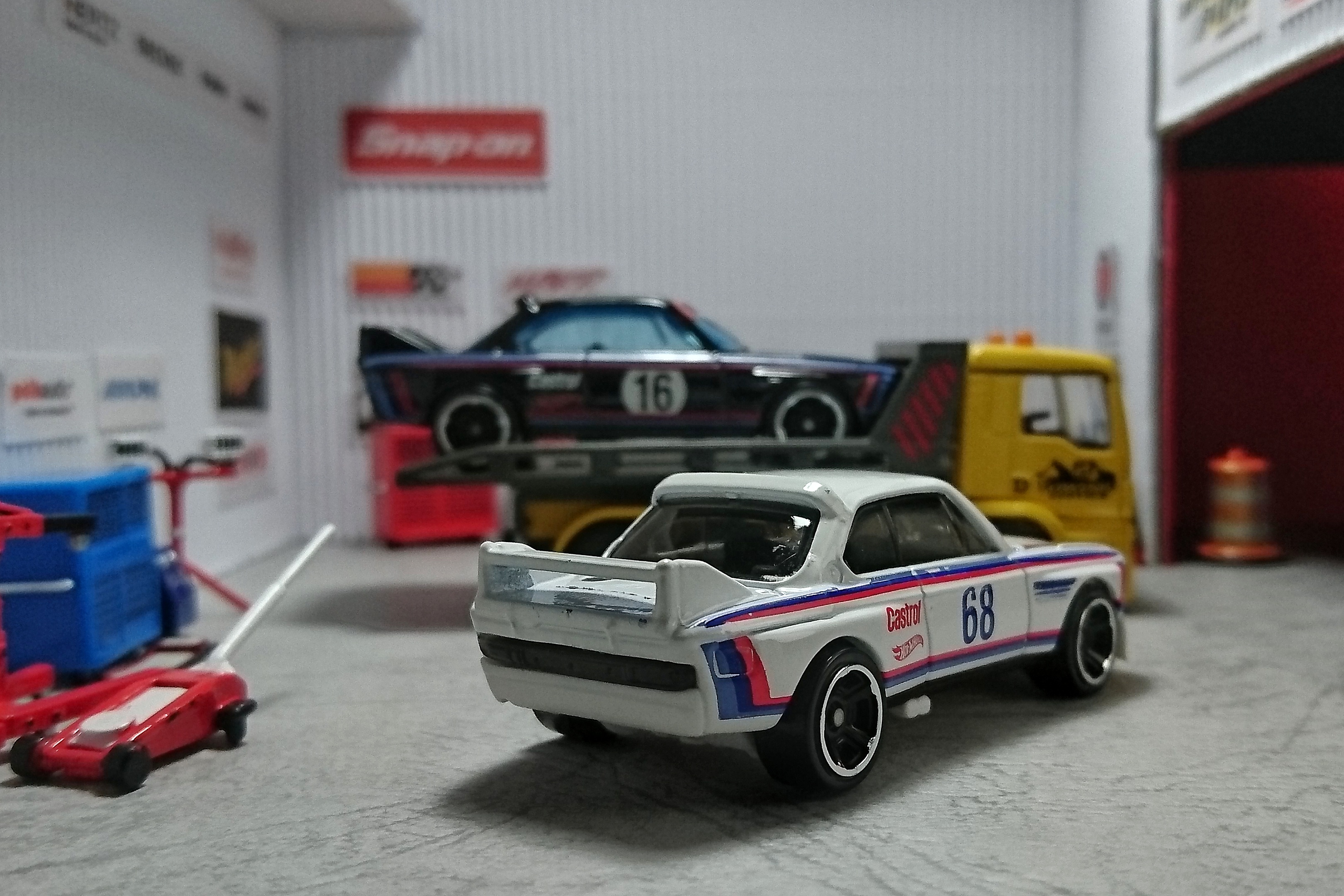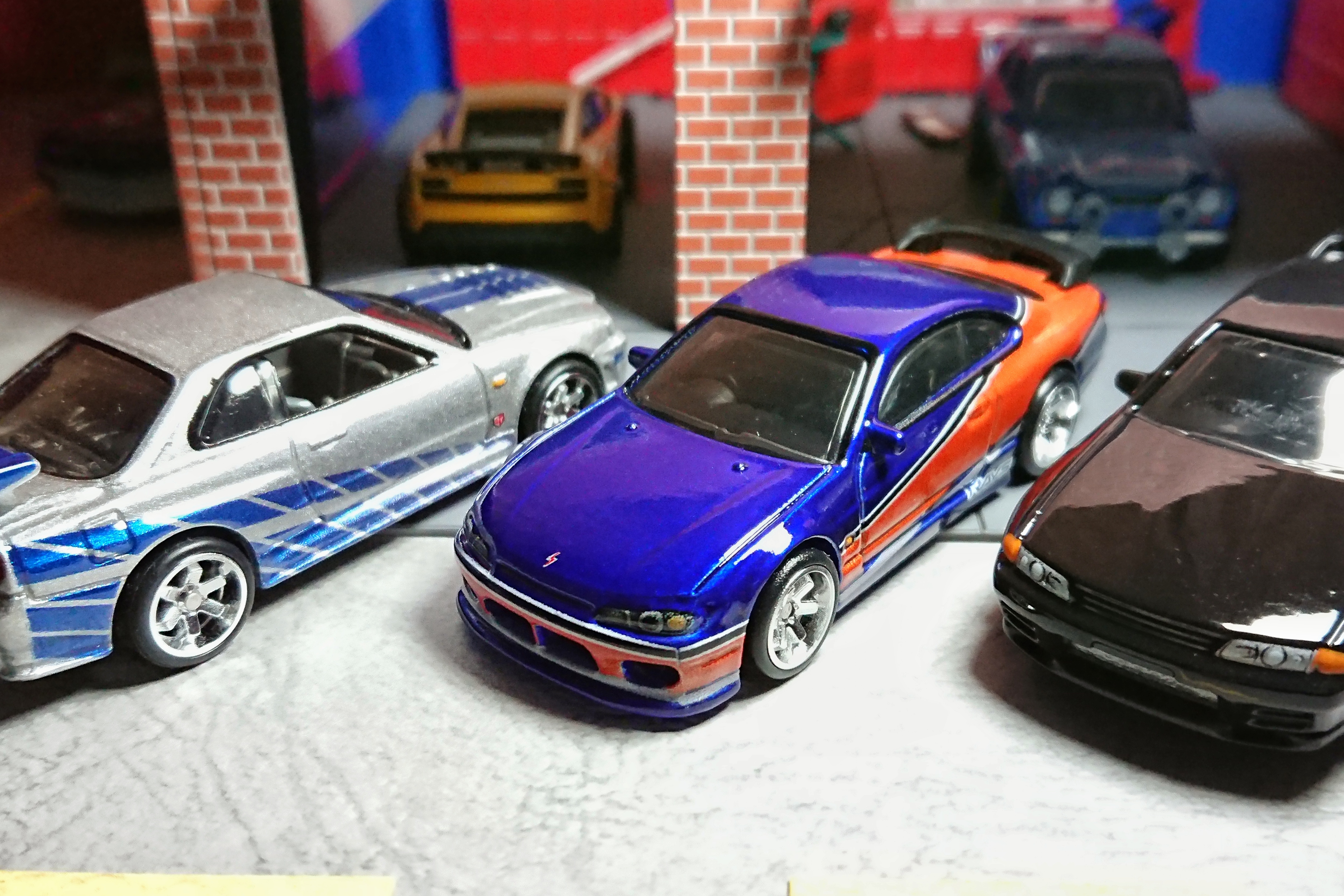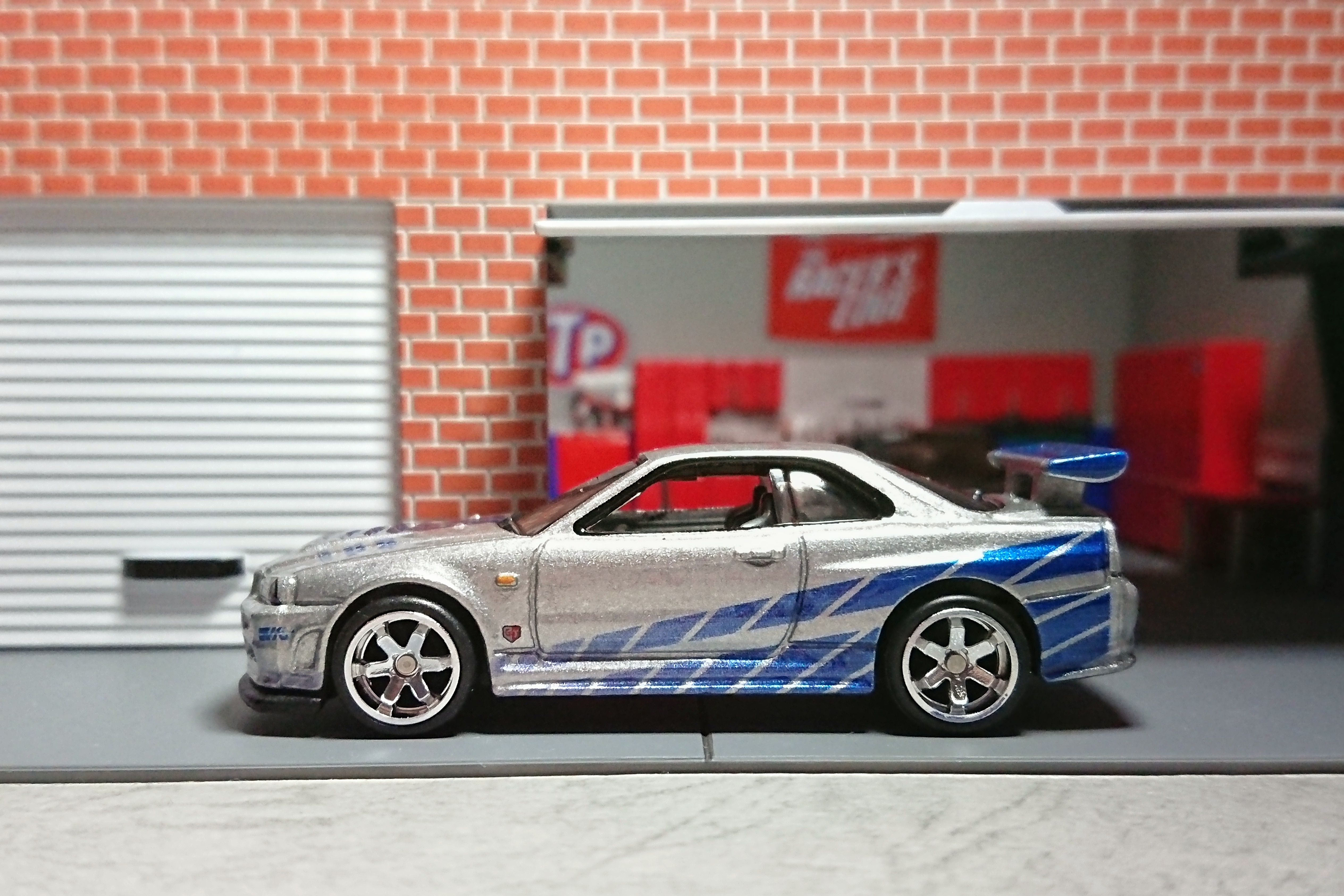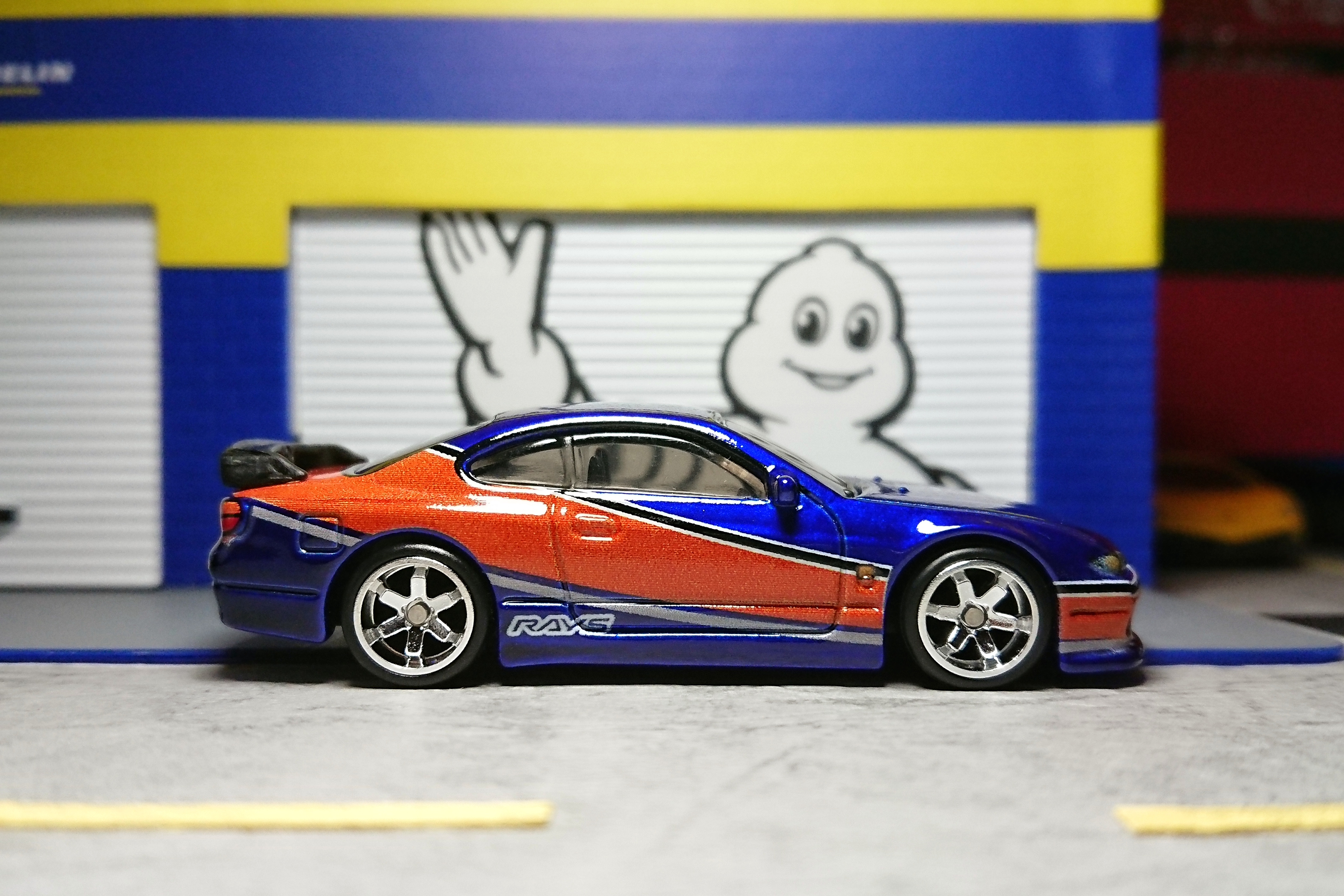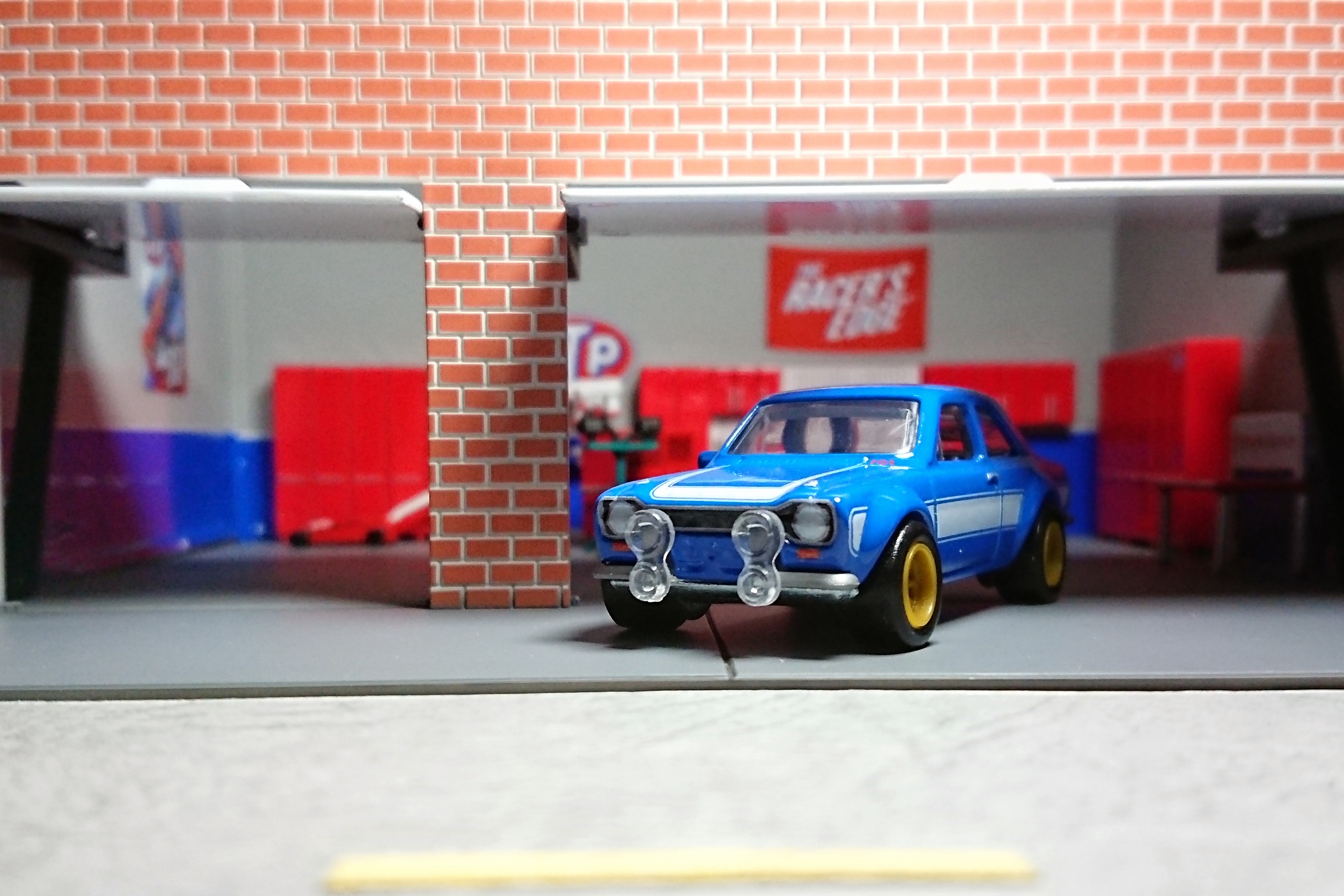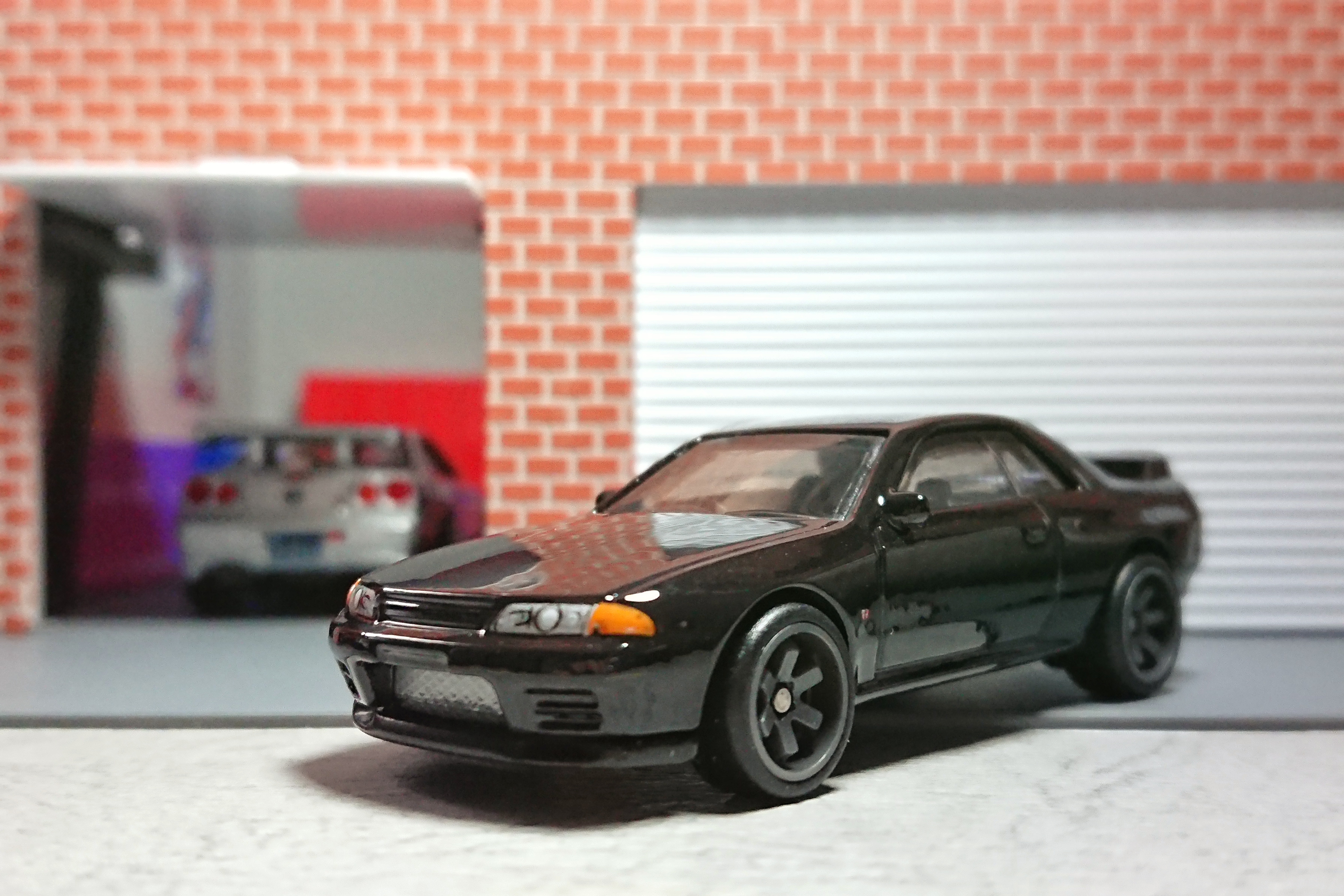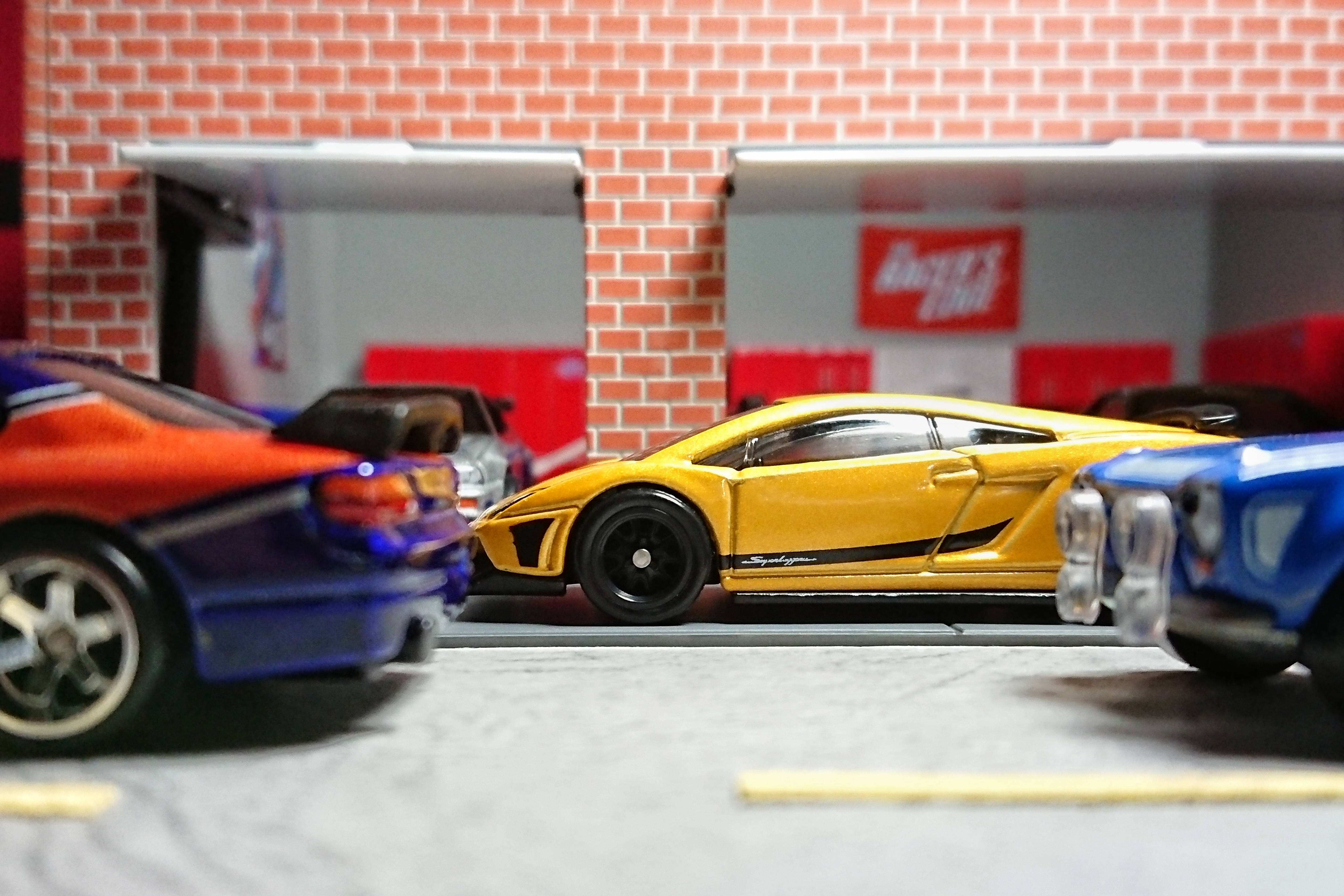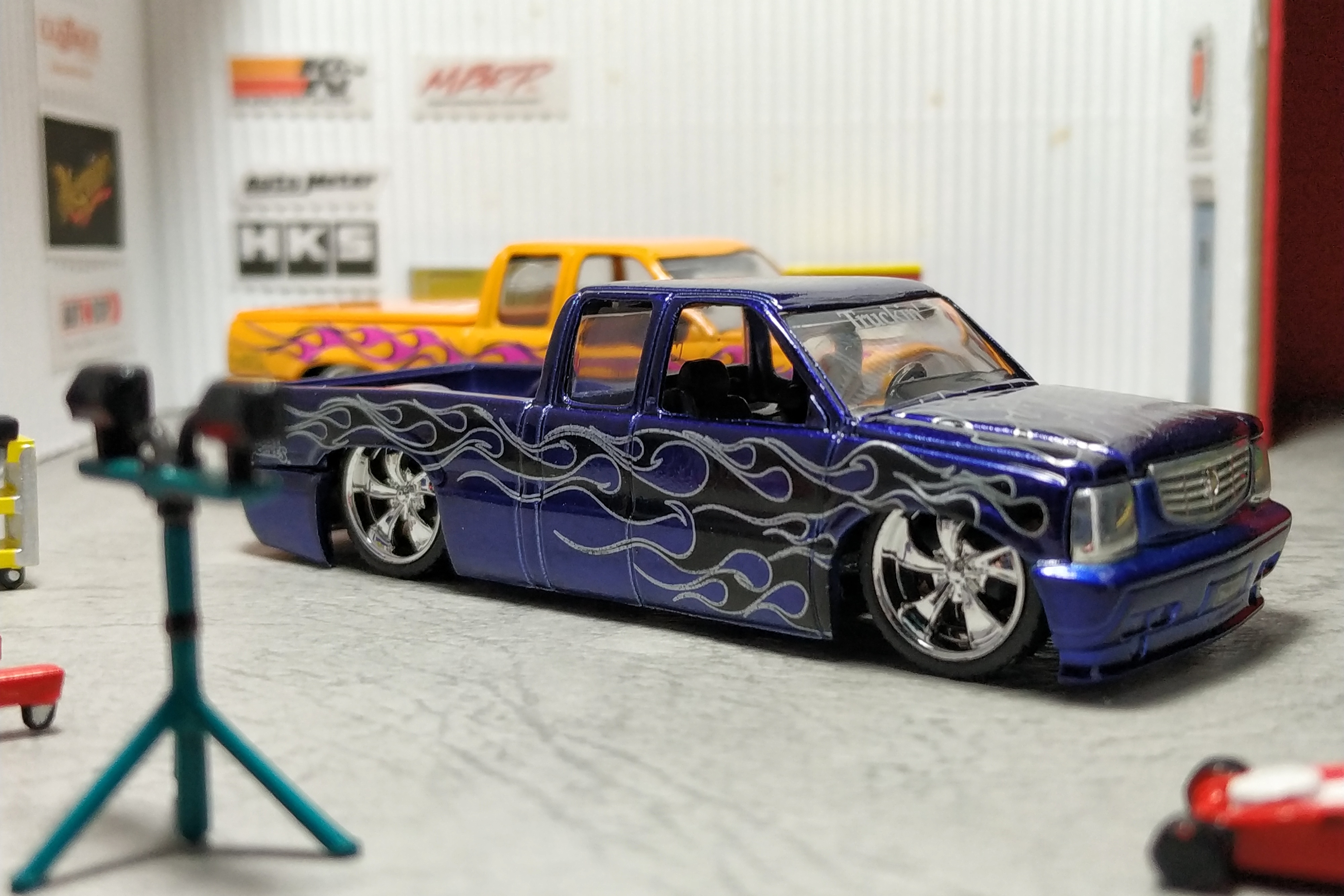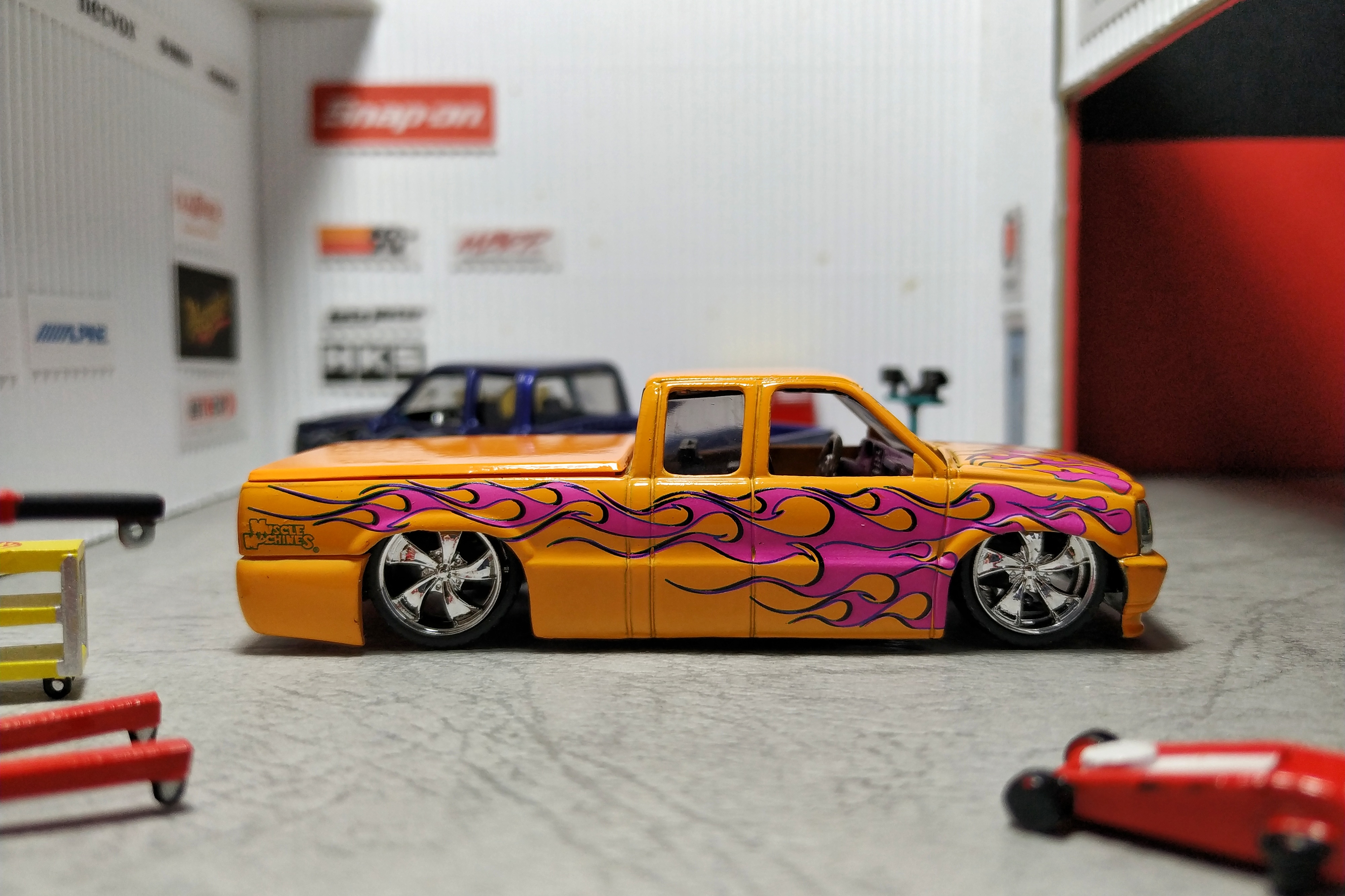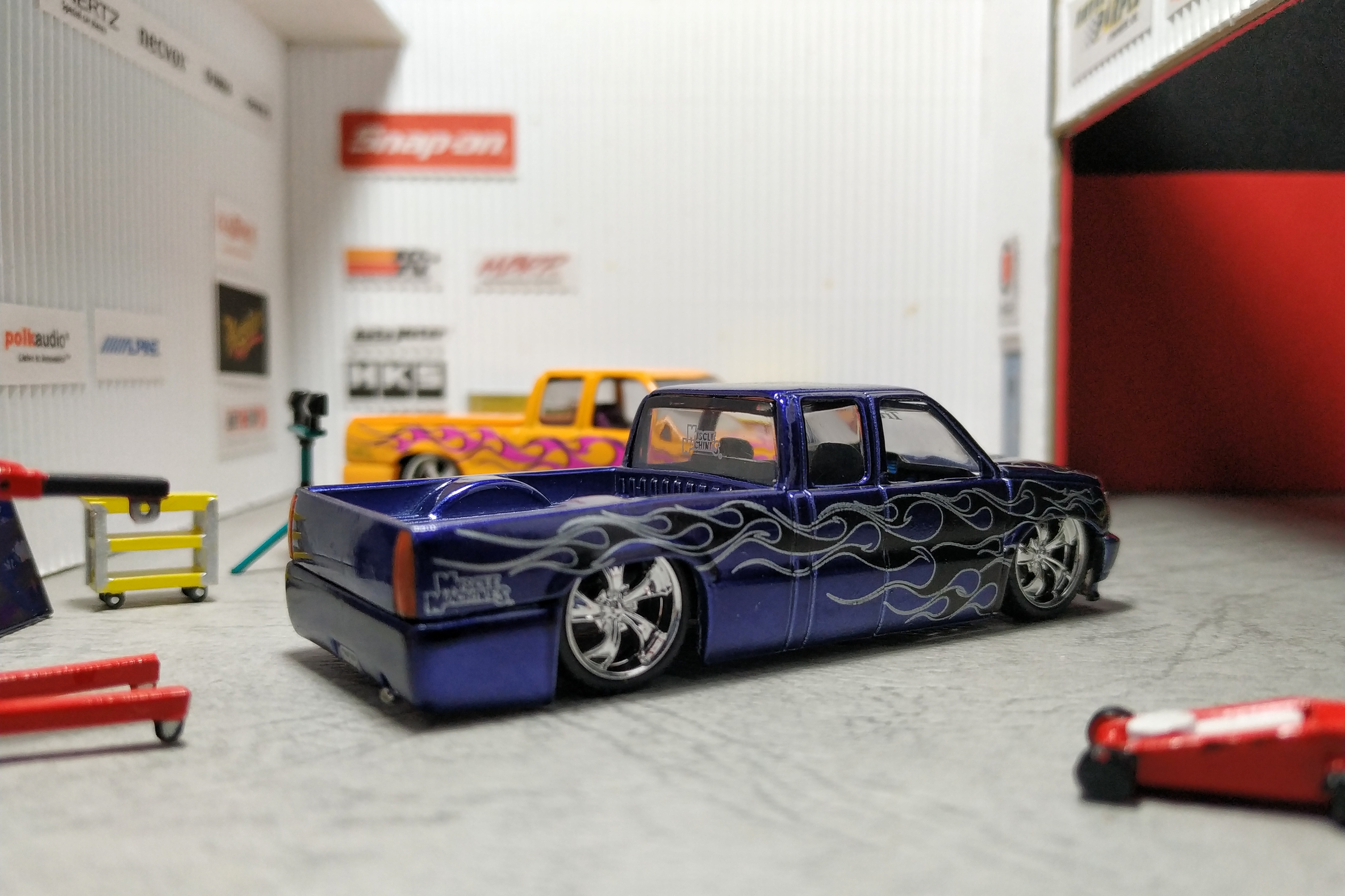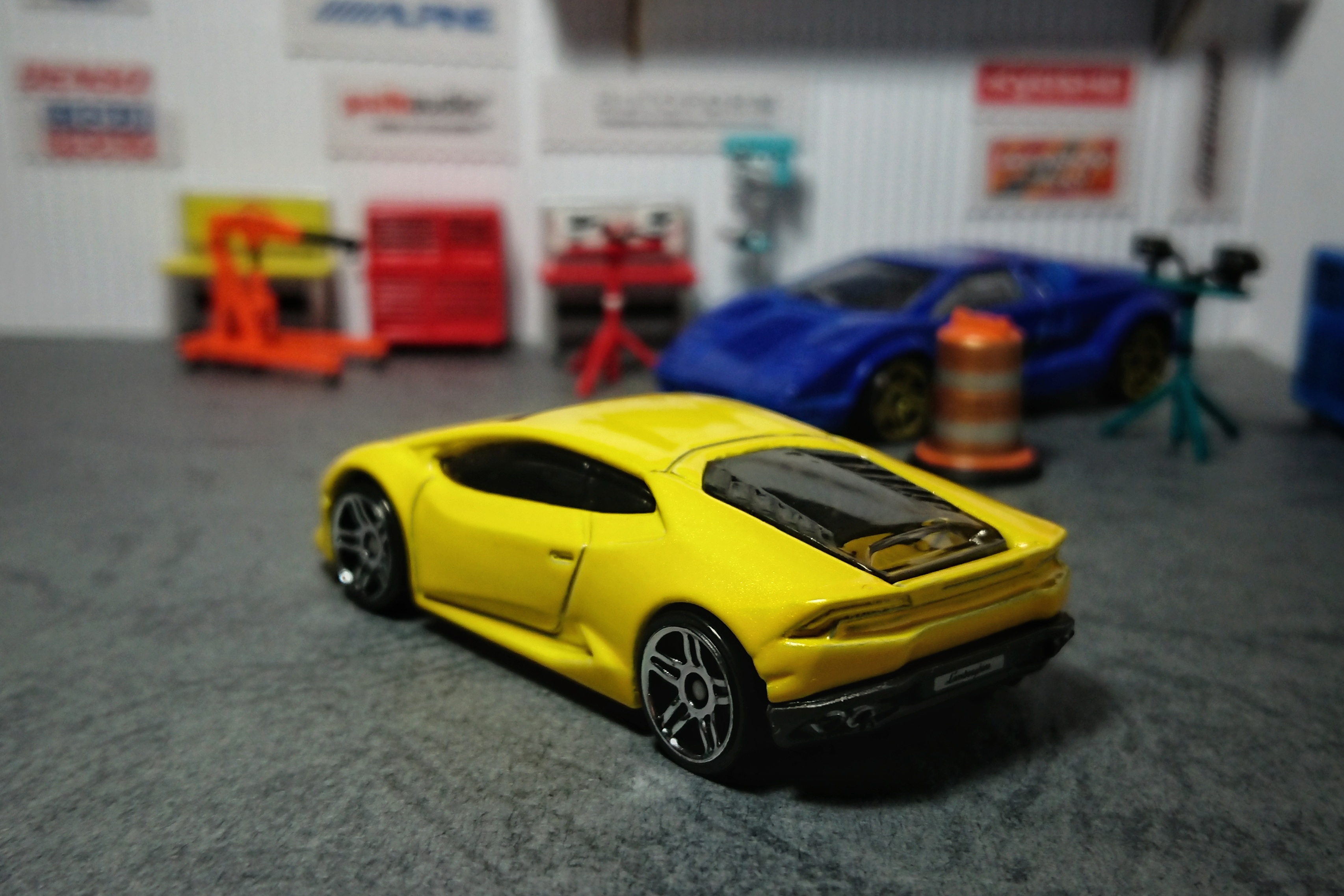As if jumping back to the future in an instant, another, more modern Volvo hits the Fast Wagons. This time, it is the Volvo 850 Estate. This casting didn’t start its life in the Premium Line, but rather from the more modest mainline. However, it did so in the best fashion, under Race Day. The first casting of this model came in the guise of the 850 Estate Touring Car. Yes, it emulated the BTCC contender the first time it hit the shelves. Kudos to the late Ryu Asada for that.
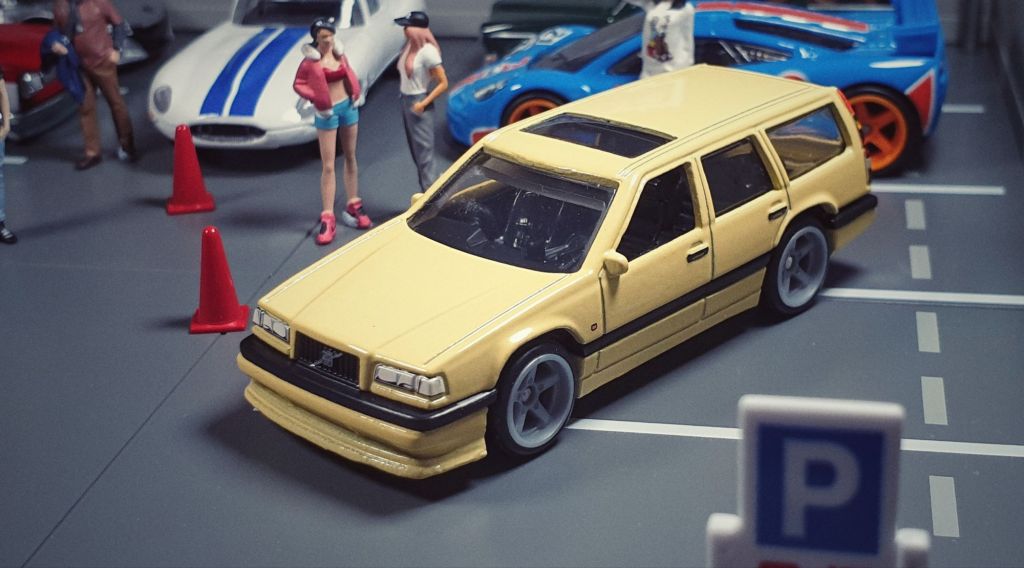
The one we get in the Fast Wagons is a bit more pedestrian. It doesn’t come with the familiar racing livery and instead looks a bit more plain. Mind you, it still looks good. It comes dressed up in a cream yellow paint job. Plain, yes, but remember that the special edition 850 T5R came in this colorway. It does make the smaller details stand out even more. Printed on headlights and taillights are clearly seen, and how about we add a pair of indicators on the sides as well. Door handles are painted but nothing to write home about, to be honest. The blackened side moldings that continue to wrap around the bumpers need a nod though, as this was one of the identifying visual cues of the T5, at least it was for me. The wheels are RR5SPMs, which aren’t bad. But I honestly think they could have done better. Dish or multi-spoke are my bets for this car. Another notable detail is the number plate, for which they put the rear latch to good use. And did I mention already that this casting has wing mirrors? Well, it does. Not very big, but details like these are rare on this scale (especially on a Hot Wheels car).
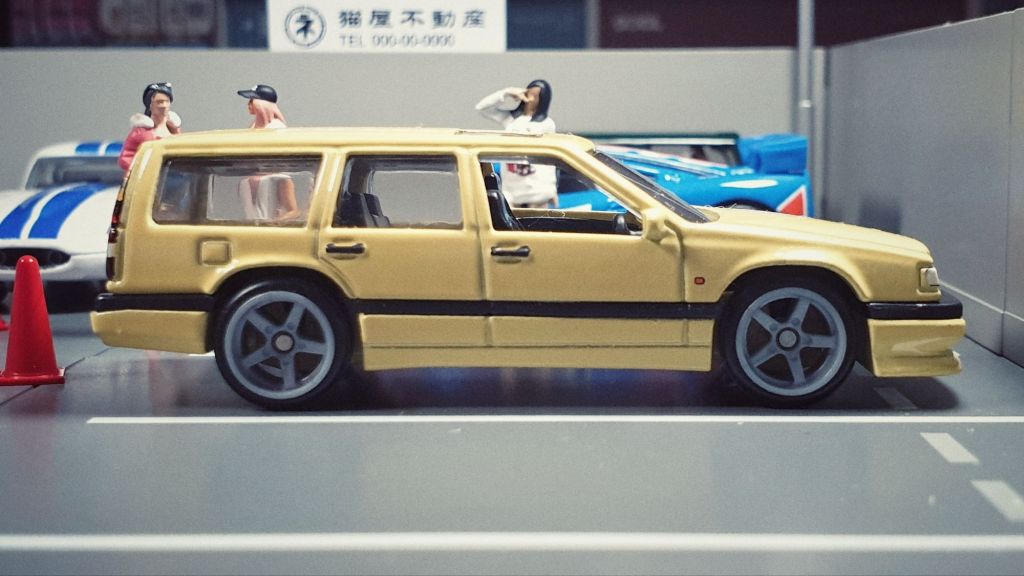
Some real-world information: the Volvo 850 came about in 1991, originally in sedan guise and marketed as a compact luxury car pitted against the likes of the BMW 3 series and Mercedes C-class. The estate version was introduced in 1993, and a Turbo model was introduced the year after that. A special performance version was built in 1995 and was a success in terms of its run as a performance car. This was the 850 T5-R. However, it was back in 1994 that Volvo entered the British Touring Car Championship with the 850 Estate. Back then, an unorthodox car for racing. It did well enough and was eventually recognized as a capable racer in the BTCC. However, changes in the BTCC regulations forced the estate version to retire and replaced with a saloon version for 1995.
